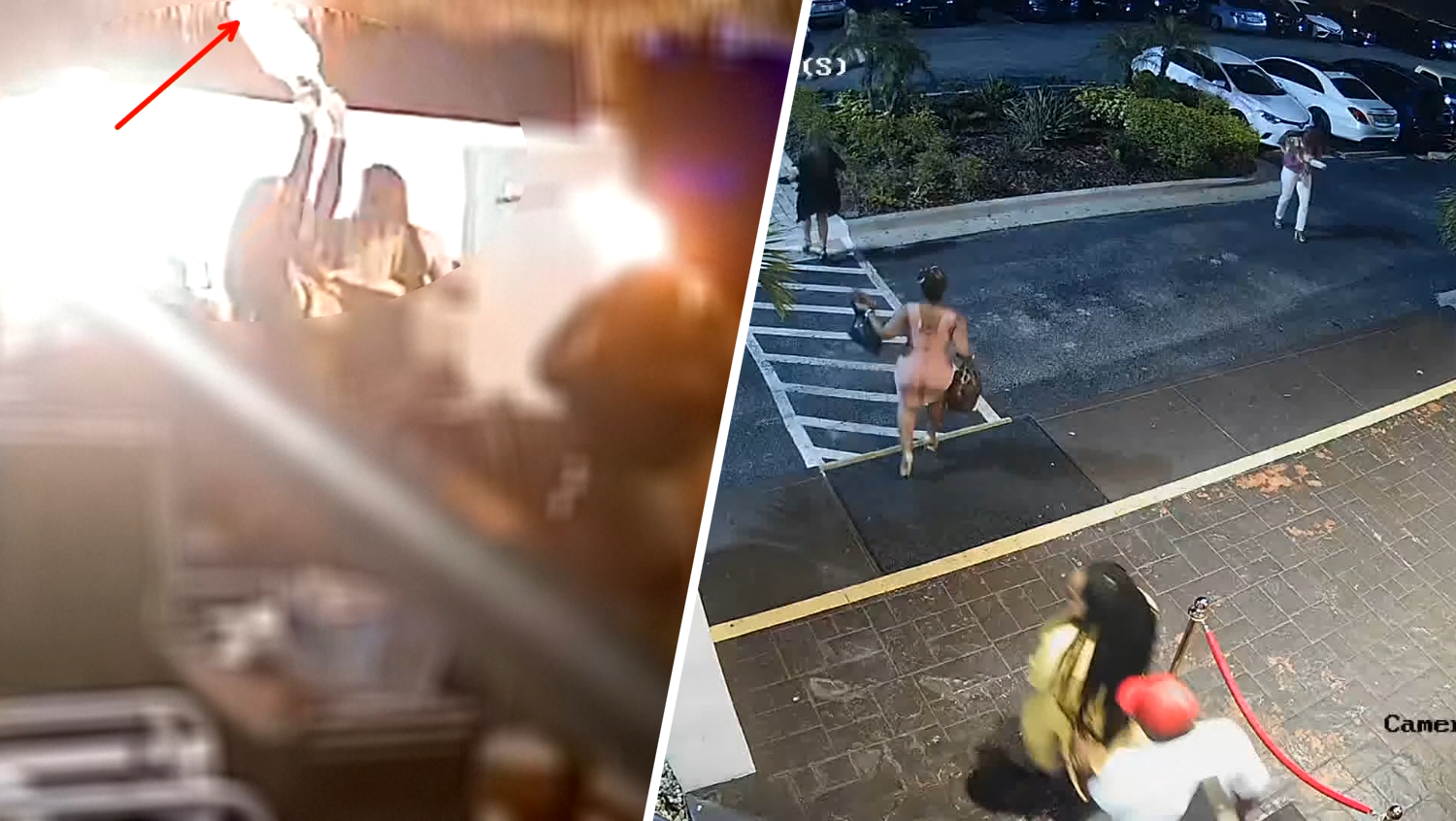A state-appointed psychiatrist who examined James Holmes two years after his attack on a Colorado movie theater said Thursday that "whatever he suffered from" that night, he knew what he was doing.
Dr. William Reid told jurors he believes Holmes knew the consequences when he opened fire on the audience at a midnight Batman movie premiere, killing 12 people and wounding 58.
Reminded that his task was to determine whether Holmes was legally sane during the attack, Reid declared, "whatever he suffered from, it did not prevent him from forming intent and knowing the consequences of what he was doing."
The comment briefly frustrated the prosecutor, who said his witness had jumped ahead of him, and prompted the defense to ask for a mistrial.
Judge Carlos Samour ultimately denied the request, even as he acknowledged that it might confuse jurors on about Colorado's legal definition of sanity, the key question of the trial. They must decide whether Holmes' disease or deficient mental state left him unable to form "a culpable mental state" at the time the crime was committed.
Essentially, the judge said, Reid was supposed to limit his opinions to whether Holmes was capable of understanding right from wrong -- but not whether he actually understood it.
"I do think someone could misunderstand the use of the term "prevent," Samour said, but he ruled that Reid's overall comments didn't violate that subtle boundary.
U.S. & World
After a long break to settle the question, District Attorney George Brauchler asked Reid "to be precise" about his findings, and the psychiatrist gave the briefest possible responses.
Did Holmes have a serious mental illness? "Yes."
Despite that illness, did Holmes have "the capacity to know right from wrong" on July 19 and 20, the night of the attack? "Yes."
Did Holmes have the capacity to form the intent to act after deliberation, and to act knowingly? "Yes."
And did Holmes meet the legal definition of sanity? "Yes."
Holmes has pleaded not guilty by reason of insanity, but Colorado law gives the state the burden to prove he was sane, and therefore guilty. Prosecutors want him executed, not sent to a mental hospital.
Reid said that before spending 22 hours interviewing Holmes in July 2014, he interviewed Holmes' parents and dozens of others who knew him. He said he spent about 300 hours preparing for the sanity exam, including viewing more than a week of videos of Holmes in jail shortly after the attack.
"There was nothing to indicate insanity," Reid said. "He seemed to sleep at slightly odd hours. I can't think of very much else."
Reid acknowledged that Holmes' mental state had changed in the two years between the attack and the interview, including what he described as a "physical and mental breakdown" in November 2012, when Holmes was videotaped repeatedly ramming his head against a cell wall while naked.
Holmes has taken anti-psychotic medicine since then, but Reid said the episode wasn't relevant to his capacity to understand right from wrong months earlier.
The judge asked for Reid's interview after prosecutors challenged the conclusions of the first state-ordered review of his sanity, by Dr. Jeffrey Metzner in December 2013.
Earlier this week, prosecutors showed jurors what Holmes wrote in his notebook before the attack, such as an estimated time for the police response ("3 mins") and diagrams of the theater complex showing which auditorium had the fewest exits where victims might escape.
With detailed maps and cramped handwriting, Holmes sketched out a chilling list of choices: mass murder or serial murder; attack a theater or an airport; use guns, bombs or biological warfare.
The graduate student in neuroscience also sought to diagnose himself, listing 13 ailments including schizophrenia and "borderline, narcissistic, anxious, avoidant and obsessive compulsive personality disorder."
"So, anyways, that's my mind," Holmes wrote. "It's broken. I tried to fix it."



